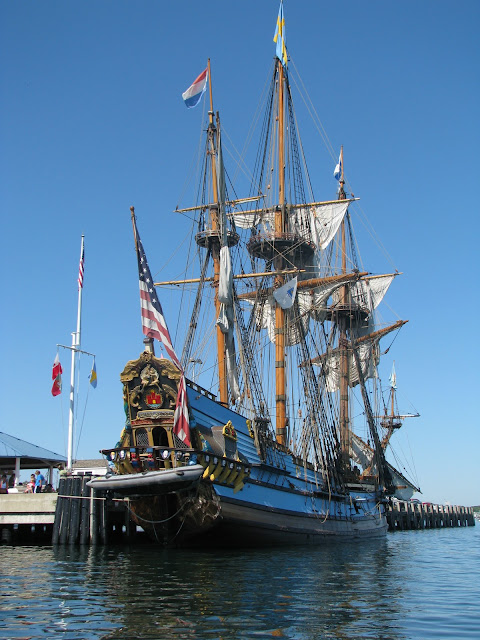Seriously though, some of these artistic offerings are causing a little bit of frisson between the relationship of art and architecture, and statements about what is culturally acceptable. Ah, now that’s more to the point! So who is making these decisions?
Plop was used to describe Niki de Saint Phalle’s sculptures that enthusiastically grace New York Ave in Washington DC. Washington is very formal, rather reserved and a tad grey. That doesn’t mean I didn’t like the place..... But there isn't a coffee shop on every corner and we did have to walk a fair way to find a restaurant or two, so it wasn’t surprising that at times the streets seemed empty, even dull.
So, to see these colourful and energetic figures tingling with joie de vivre, almost skipping down New York Avenue was a bit like watching a natural energy (like kids at play or koi at feeding time- you know the kinda thing!). Strange bedfellows maybe but to me, the works add another dimension to an already complex Washington.
As to art that has come to a bad end, or bad art that
has come to an end - perhaps not! An acceptable
solution I’ve seen for seriously bad art to be preserved for all time (just to
make sure we are remembered at our worst) is the MOBA. No relationship to the MOMA, but what a great
way not to take ourselves too seriously.
When you’re done with that, join the queues to visit one of Ripley’s
Believe It or Not Museums. No one could
possibly be offended there (because it’s cloaked in four walls?).
(As an aside, plonk used to describe sherry or fortified wine, popular pre-dinner drinks a few years ago. We Aussies are wine and beer drinkers now, but some still say "it's a bottle of plonk". Usually a cheap one! Here's cheers and enjoy a tipple or two for the New Year celebrations.)








































